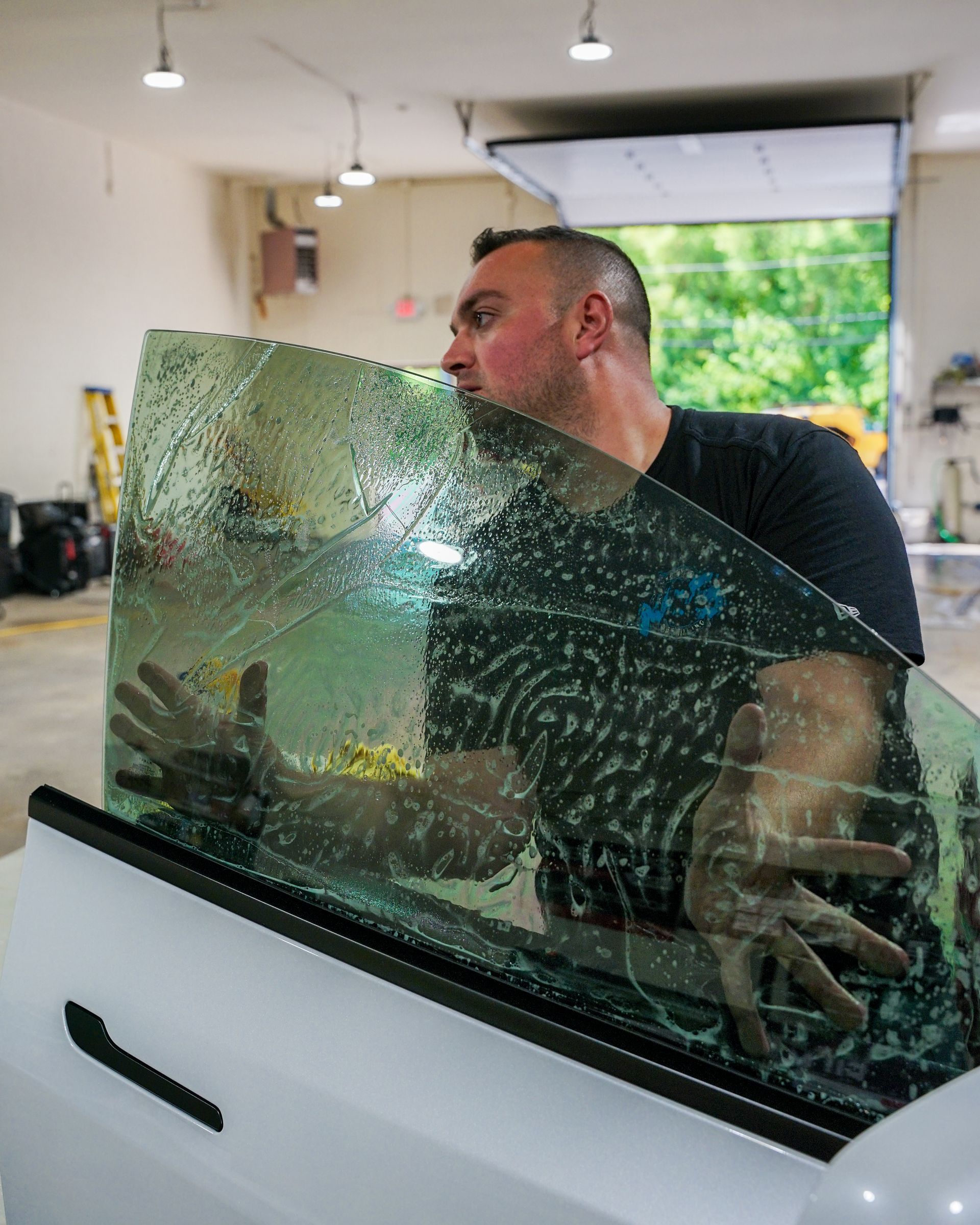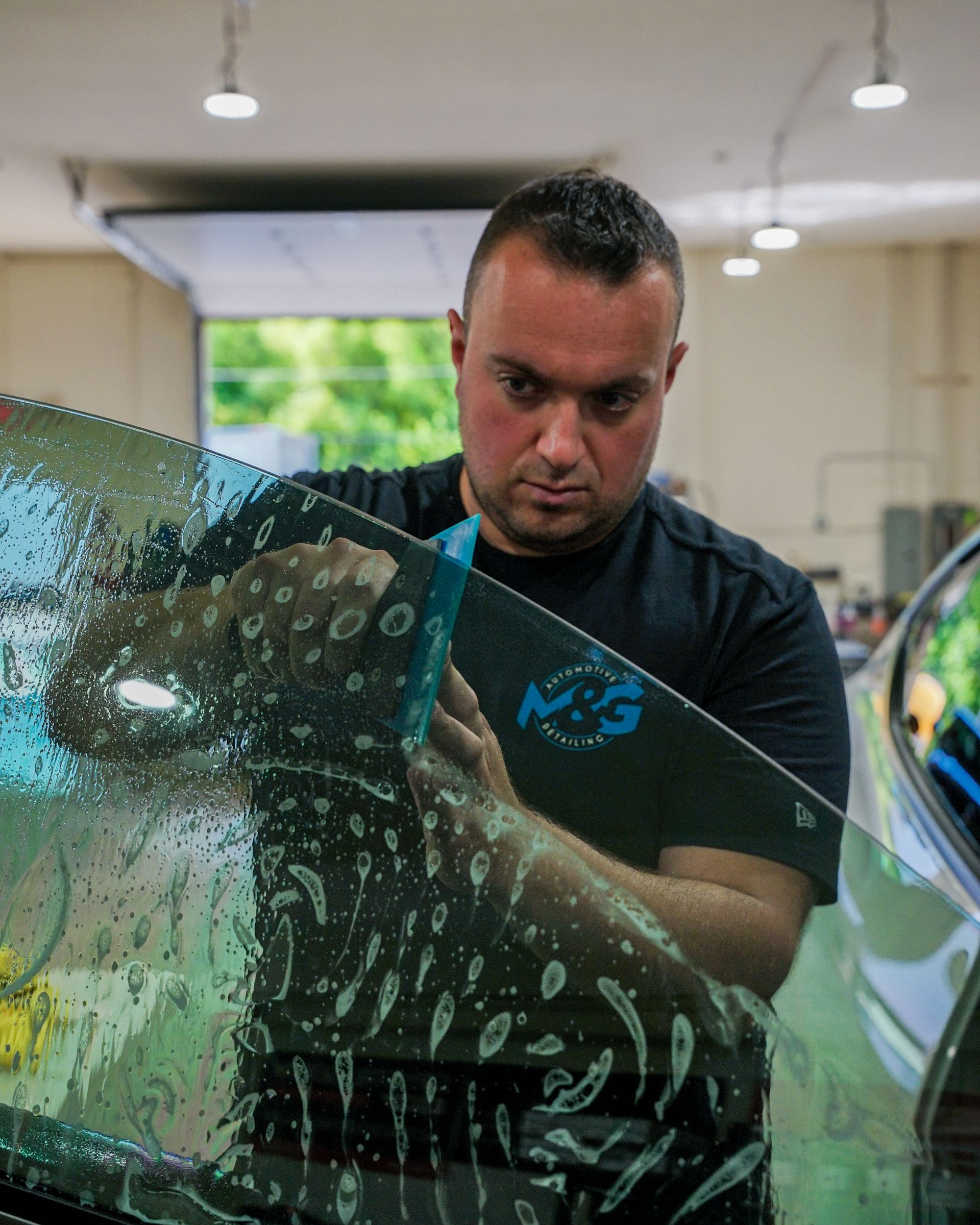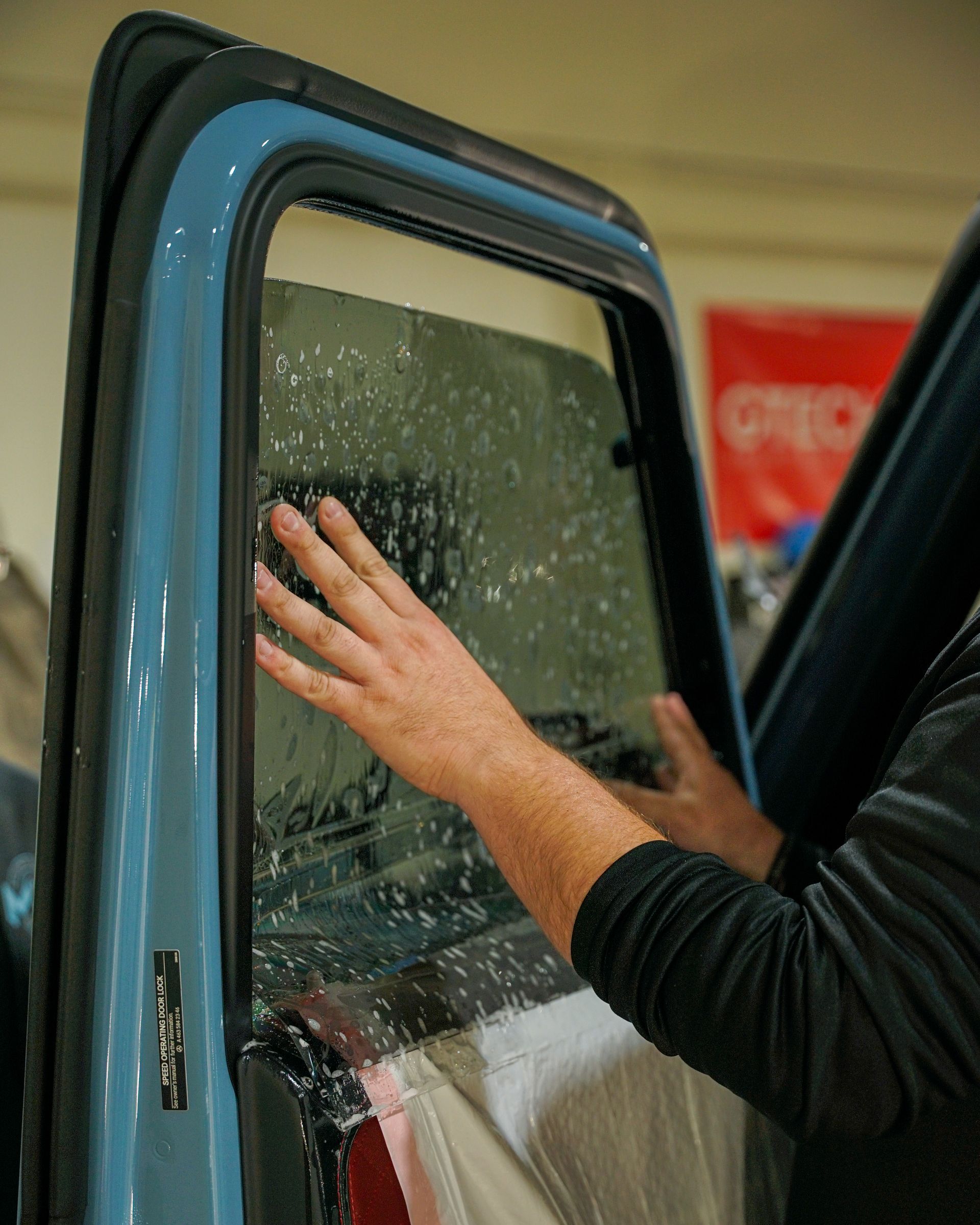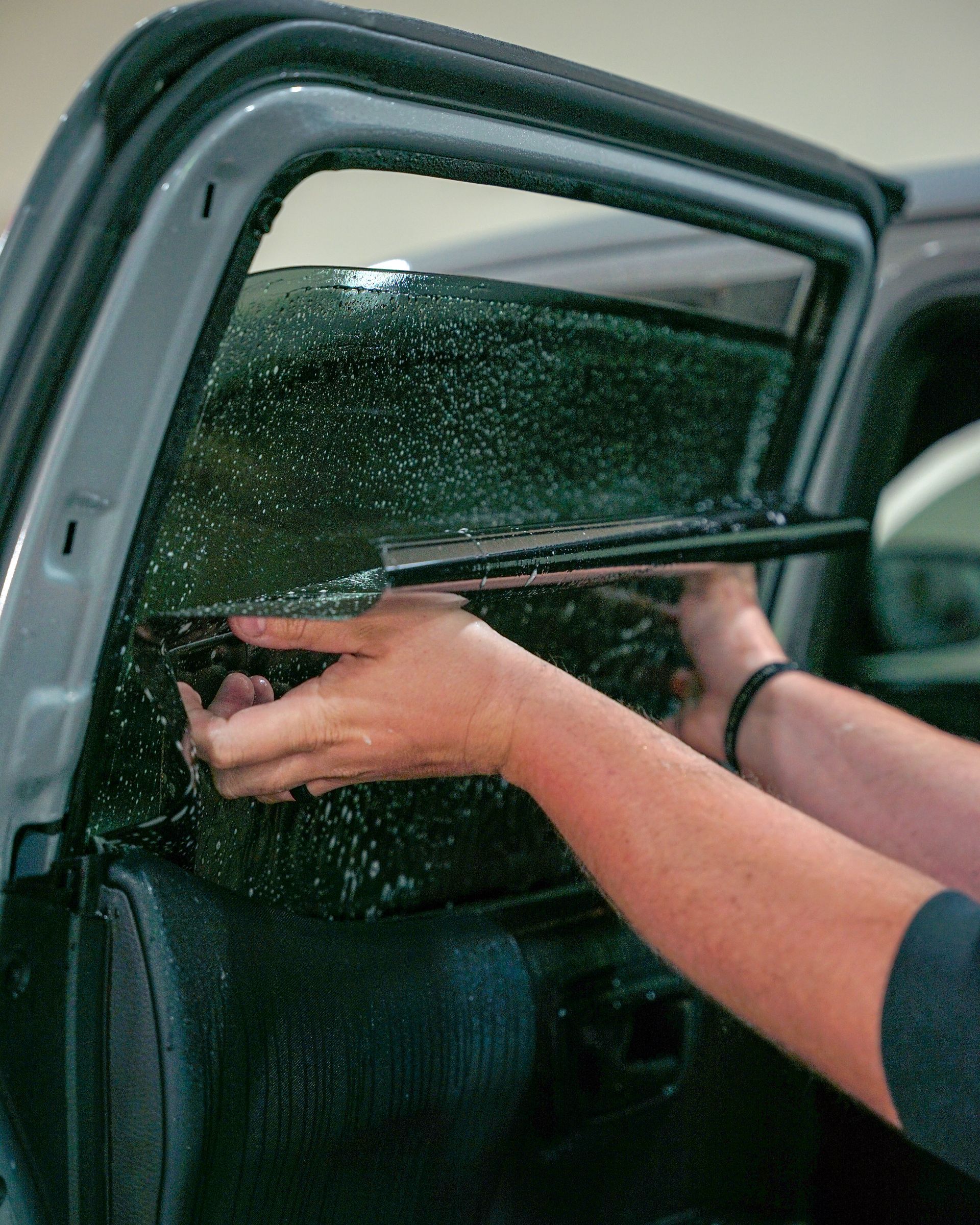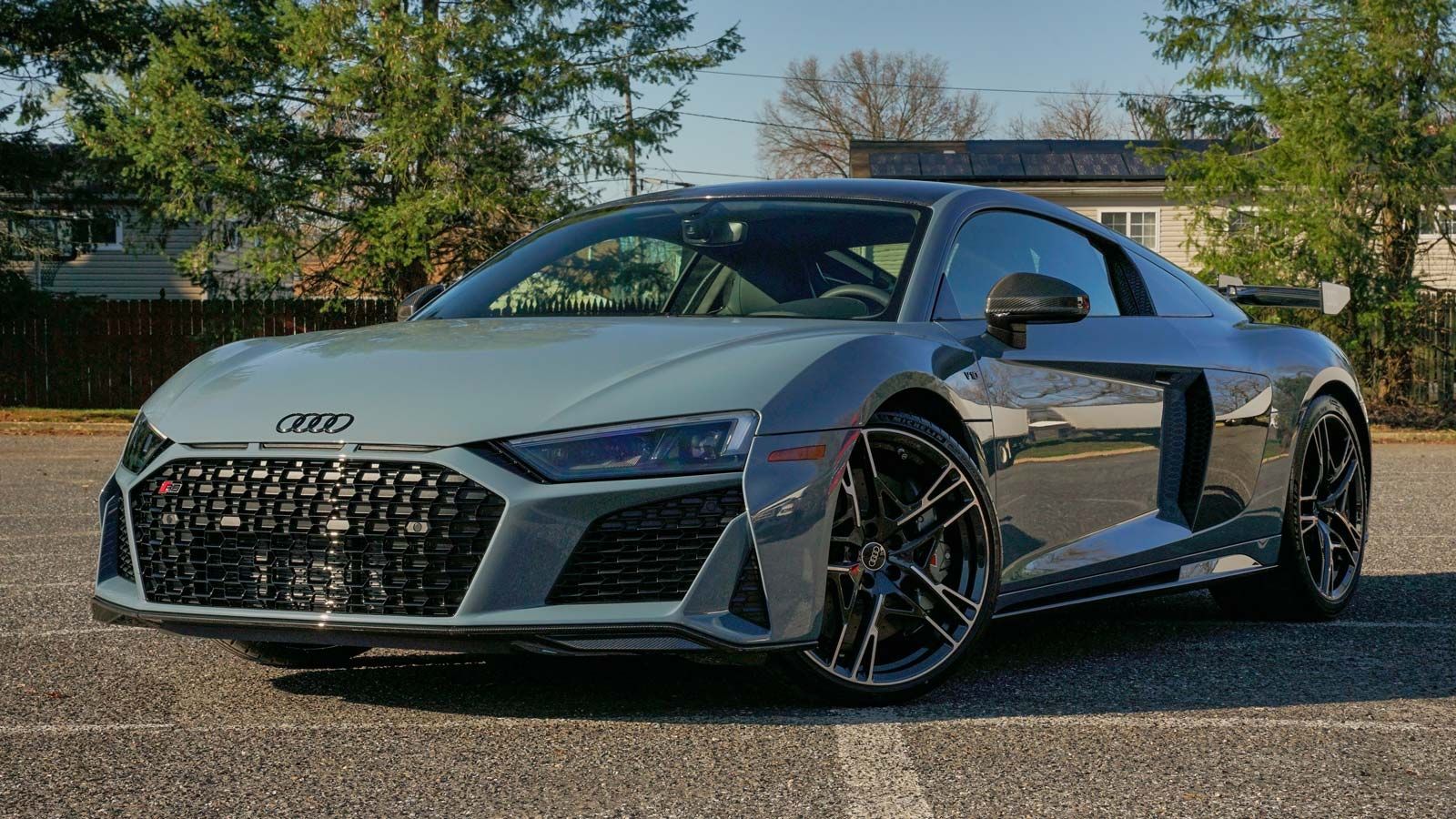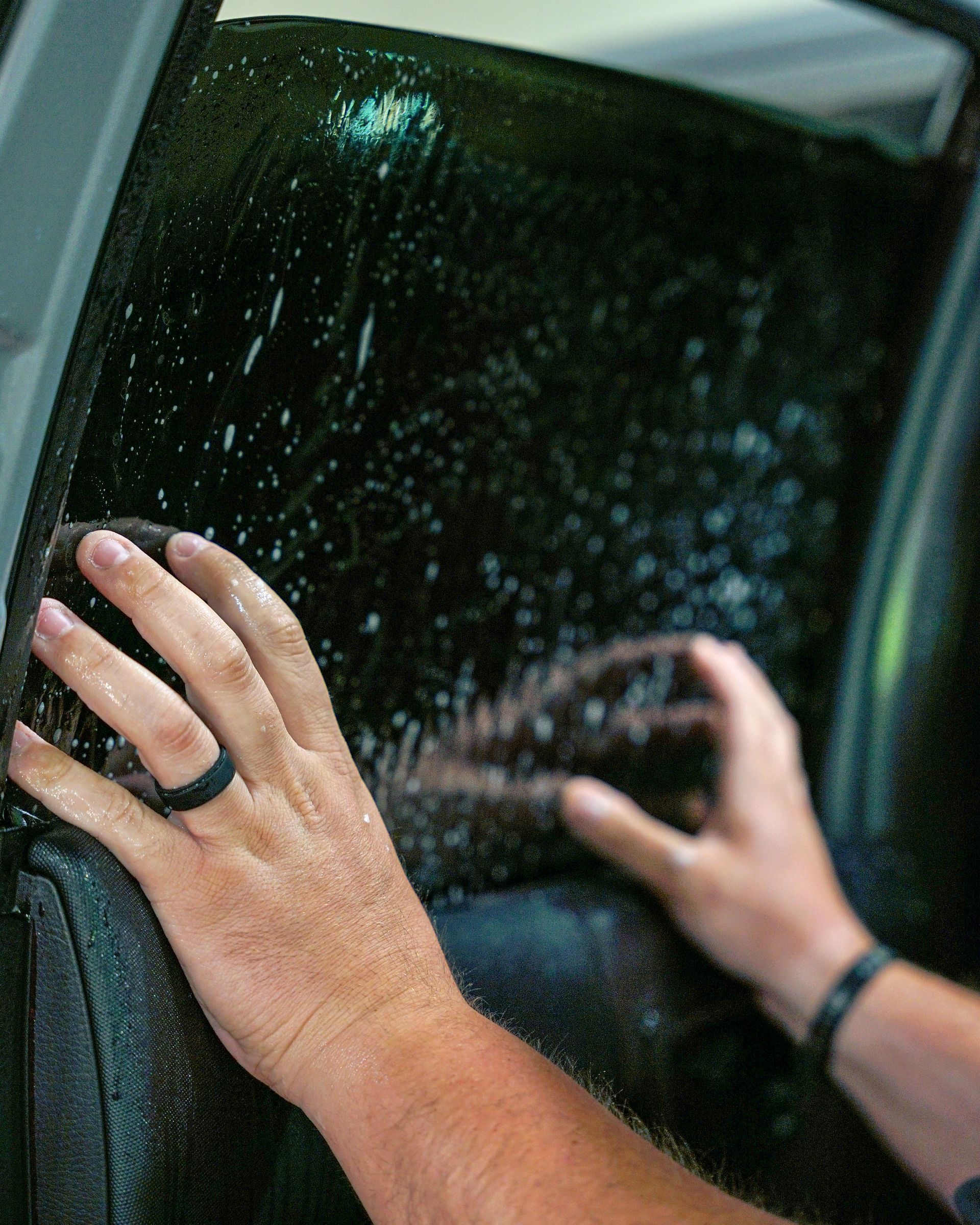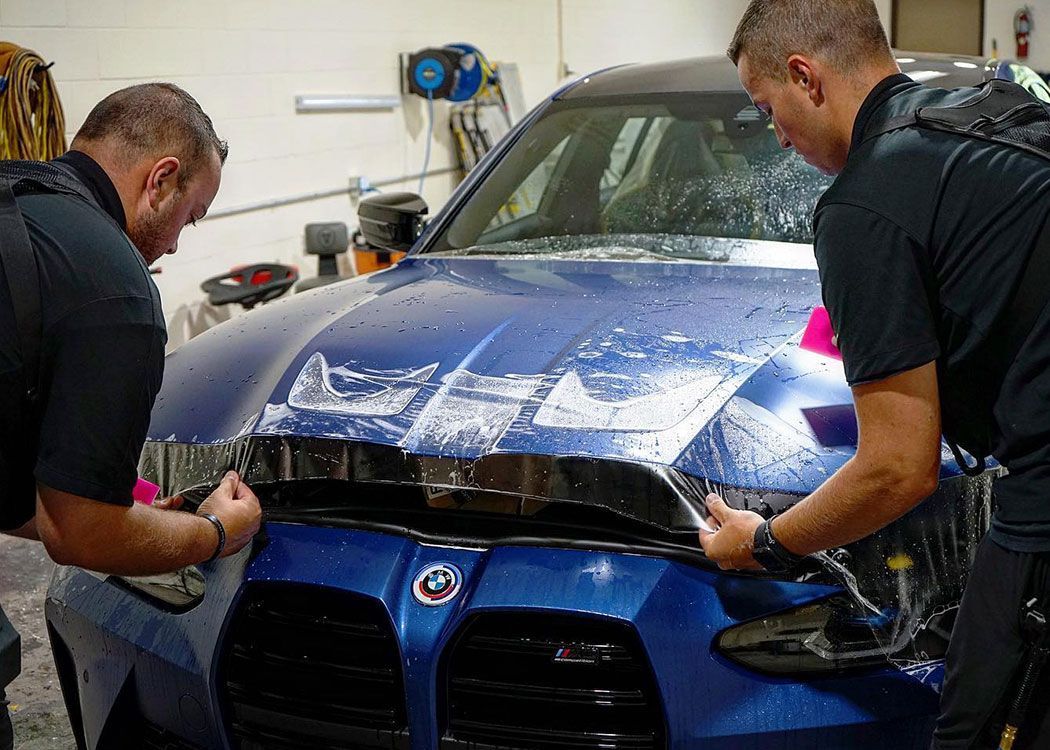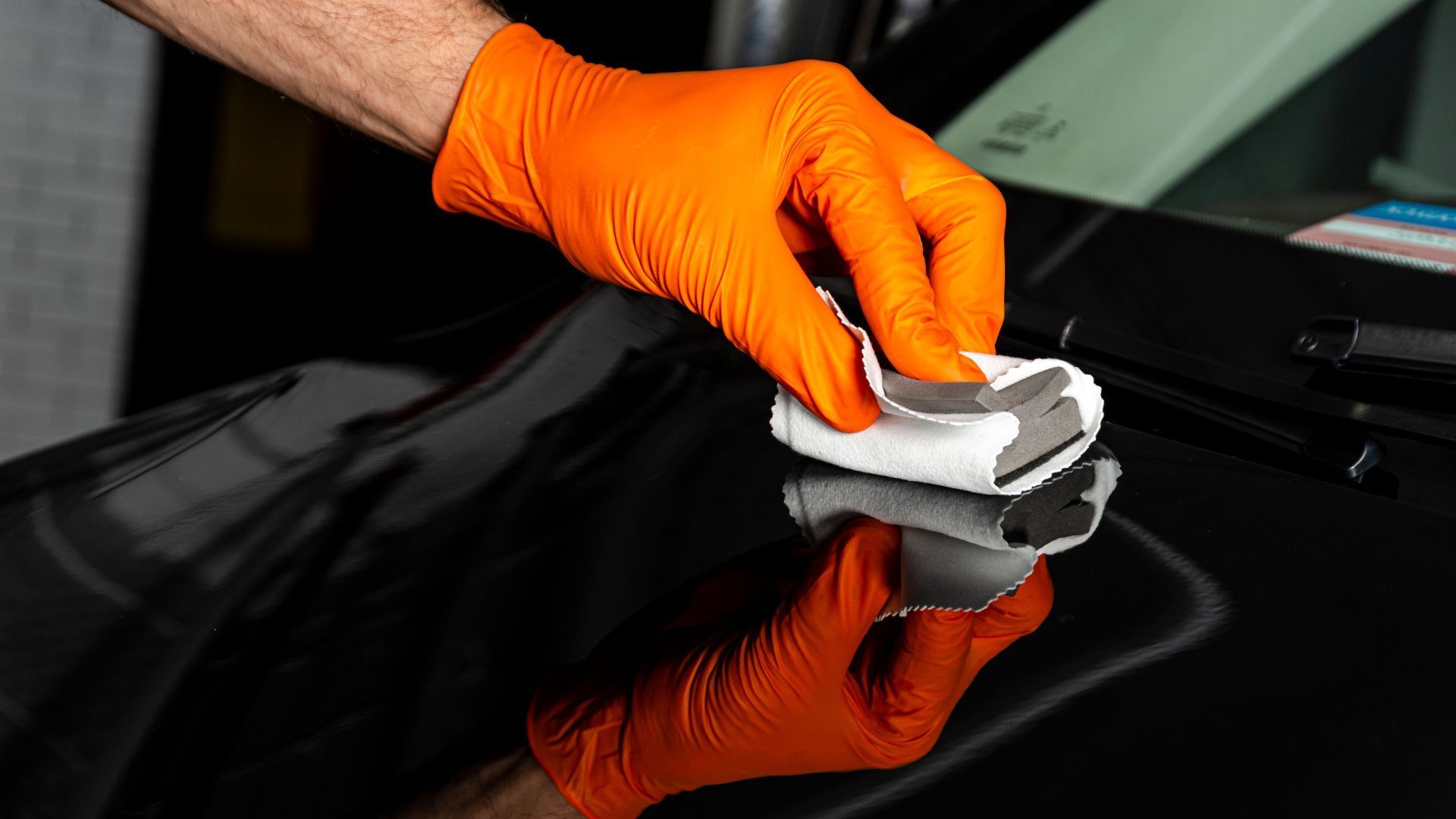Choosing the Right Window Tint for Your Car: Benefits and Styles Explained
Choosing the right window tint for your car goes beyond just picking a shade you like. Especially for those who appreciate automotive customization, like yourself, it’s about gaining significant benefits: reducing interior heat during summer drives, cutting down on sun glare while navigating busy streets, and even safeguarding against harmful UV rays. These advantages make everyday driving more enjoyable and safer.
When choosing the right window tint for your car, consider legal regulations in your state regarding tint percentages, your functional needs such as privacy or UV protection, as well as your budget and aesthetic preferences based on your vehicle's color. Additionally, understanding the different tint levels available—from very light to dark—and evaluating climate impacts and driving habits will help you make an informed decision that enhances both comfort and style.
Different Types of Car Window Tints
- Dyed Window Tint: Dyed window tints are the foundation of the tinting world. They're made by sandwiching layers of dye between adhesive films that absorb solar heat. While they provide a sense of privacy that many drivers appreciate, their UV protection is notably less effective compared to more advanced options. Consequently, while you might save a few bucks by choosing this type, you may also put yourself at a higher risk for sun damage over time.
- Metalized Window Tint: These tints incorporate tiny metallic particles that don’t just block heat and UV rays but also significantly strengthen your windows, providing increased shatter resistance during accidents or impacts. On the downside, these metallic particles can sometimes interfere with electronic signals. If you rely heavily on GPS navigation or receive mobile phone signals in your vehicle, it’s worth considering this aspect before proceeding with metalized tints.
- Carbon Window Tint: Containing carbon particles, this tint blocks approximately 40% of infrared radiation—an impressive feat for reducing heat while maintaining the functionality of your devices. An added benefit is the long-lasting nature of this type; unlike dyed options, carbon tints resist fading over time and provide a crisp aesthetic appearance within your vehicle's interior. However, be prepared to invest a bit more upfront, as they typically fall on the higher end of the price spectrum.
- Ceramic Window Tint: By utilizing non-conductive ceramic particles, these tints achieve remarkable performance standards, blocking up to 99% of harmful UV rays and around 70% of infrared radiation. Beyond their protective capabilities, ceramic tints excel in clarity and comfort; they hardly interfere with electronic signals at all. This means you can enjoy both high visibility and excellent protection without compromising on aesthetics or functionality—a luxury usually reflected in their cost as they are among the most expensive options available.
- Crystalline Window Tint: Crystalline window tints offer a unique solution for those who desire clear visibility combined with optimal performance benefits. This type is designed strategically to allow maximum visible light through while simultaneously rejecting substantial heat from entering the vehicle. It’s ideal for individuals who want to maintain a bright and airy interior without the darkened look typically associated with tinted windows. With commendable results in heat reduction and UV shielding, these tints effectively support vehicle comfort without altering its appearance significantly.
As we explore these various types of car window tints further, it becomes essential to consider both personal preferences and local legalities regarding tint levels in your area.
Legal Regulations and Air Quality Considerations
Window tint laws are not just a matter of aesthetic preference; they are designed to enhance safety and visibility on the roads. For instance, Visible Light Transmission (VLT) is the primary metric regulated by law, denoting the percentage of light that can pass through your window film. Different states enforce varying VLT percentages. While one state might require a minimum of 70% for front-side windows, another may allow as low as 25%. Familiarizing yourself with these precise requirements is essential because installing a tint that does not comply can lead to fines or issues during vehicle inspections.
Air Quality and Emissions Considerations
More than ever, environmental factors are influencing legislative decisions related to window tints. In numerous areas, especially those facing strict emission protocols, the types of tints available must comply with specific Volatile Organic Compounds (VOCs) standards. VOCs are chemicals that can evaporate into the atmosphere, contributing significantly to air pollution. To combat this, some states require that tints have low-VOC formulations. This means you should be concerned about how tinted windows affect your driving experience and how they align with your local environmental regulations. Checking with your Department of Motor Vehicles (DMV) or equivalent authority will ensure that you adhere to these emissions standards while selecting your tint.
Benefits of Window Tinting
Window tints are not just a stylish upgrade; they offer an impressive array of functional benefits that can significantly enhance your driving experience and protect both you and your vehicle. One of the most compelling advantages is the protection against harmful UV rays. High-quality window films can block up to 99% of these rays, which is essential in preventing skin damage and reducing the risk of skin cancer. This level of protection also extends to your car's interior, preventing cracking and fading over time.
- UV and IR Protection: Coupled with UV protection, high-quality tints can also block around 70% of infrared (IR) radiation. This dual protection is crucial because IR rays contribute to heat absorption inside the vehicle, leading to discomfort during hot weather. Additionally, this preventative measure helps maintain the integrity of your car’s upholstery, dashboard, and other interior components, ultimately saving you money on repairs or replacements.
- Heat Reduction: Another significant benefit is heat reduction. Studies indicate that using certain types of window tints can lower the interior temperature of your vehicle by as much as 60% on particularly hot days. Imagine stepping into a car that feels cooler even after being parked in direct sunlight! This enhancement leads to a more comfortable ride but also decreases dependence on air conditioning systems, translating to potential savings on fuel consumption over time.
- Enhanced Privacy and Security: Window tints offer an added layer of security by enhancing privacy within your vehicle. Darker tints make it significantly harder for onlookers to see inside, potentially deterring thieves who might be interested in valuables left in plain sight. This increased security aspect provides peace of mind whether you're parked at home or in a busy shopping center.
- Glare Reduction: Many drivers have experienced how beneficial tinting can be when it comes to glare reduction as well. Tints effectively cut down on glare from blinding sunrays and headlights from oncoming vehicles during night drives. This improvement leads to safer driving conditions, allowing for better visibility and reaction times on the road.
- Aesthetic Appeal: Let’s not overlook the aesthetic aspect—window tints give your vehicle a sleek, polished appearance that many find appealing. The right tint can complement your car's design while potentially increasing its resale value down the line. A well-tinted car often suggests care and maintenance, which are attractive attributes for potential buyers.
Given these numerous advantages, understanding your options becomes paramount to ensuring you select a tint that perfectly aligns with your needs and preferences.
Choosing the Best Tint for Your Car
The best tint depends significantly on your driving habits, aesthetic preferences, and climate. Every driver has unique requirements, so it’s essential to consider what matters most to you. Matching your needs with the type of tint can enhance comfort and prolong your vehicle’s interior lifespan.
Matching Your Needs
Do you frequently drive in extreme heat? If so, ceramic or carbon tints should be high on your list due to their superior heat rejection capabilities. These options excel at blocking harmful UV rays while keeping your car cooler, which mitigates stress on air conditioning systems and improves fuel efficiency. On the other hand, do you rely heavily on GPS devices? Metalized tints may present problems since they could interfere with signals, resulting in inconsistent connectivity. It’s these nuanced considerations that can make a significant difference in your daily driving experience.
Considering Your Budget
When budgeting for window tinting, keep in mind that costs can vary widely based on the type of film you choose. While different price ranges offer various benefits, it’s important to note that cost often reflects long-term value. Cheaper films may fade or bubble over time, leading to greater expenses down the road as you might need to replace them sooner than expected. As you evaluate your options, remember that legal regulations regarding tint darkness vary by state; ensure you check local laws before making a decision. Additionally, consider aesthetics: darker films tend to provide better privacy but may not complement lighter-colored vehicles effectively.
Tips for Professional Installation
When you decide on professional installation, remember that not all installers are created equal. Begin by choosing an installer who has established a solid reputation in your area; personal recommendations from friends or family can provide invaluable insights. Look for certified installers with credentials from reputable organizations like the International Window Film Association. This certification indicates they have undergone necessary training and adhere to industry standards, ensuring a more reliable service.
When you're narrowing down your options, don’t hesitate to ask potential installers about their experience and what specific products they use. Quality matters, and using high-grade films can make a substantial difference in performance and longevity. High-quality tints not only look better but often come with longer warranties, which leads us to our next point. Once you've selected a qualified installer, it's helpful to know what to expect during the installation process. Expect the installation to take a few hours, so be sure to plan accordingly.
Moreover, understanding warranty considerations will eliminate any potential headaches later on. A reputable installer should offer a solid warranty covering issues like bubbling, peeling, or discoloration. Pay close attention to what is included; some warranties might also cover replacement if the film fades over time. This level of assurance provides peace of mind knowing that you’ve chosen quality work done right.
With these tips in mind, being prepared for the installation process will enhance your overall experience and satisfaction with your window tinting project.
Top Window Tinting Services in Mount Laurel, NJ
Enhance your driving experience with top-notch window tinting services from M&G Automotive Detailing in Mount Laurel, NJ. Our professional window tinting services not only provides privacy but also reduces heat, glare, and harmful UV rays, keeping your car cooler and protecting the interior from fading. With precision installation and high-quality films, we ensure a sleek look that lasts. Improve comfort and style while safeguarding your vehicle—schedule your window tinting service today! Call us at (609) 923-3123 to get started!
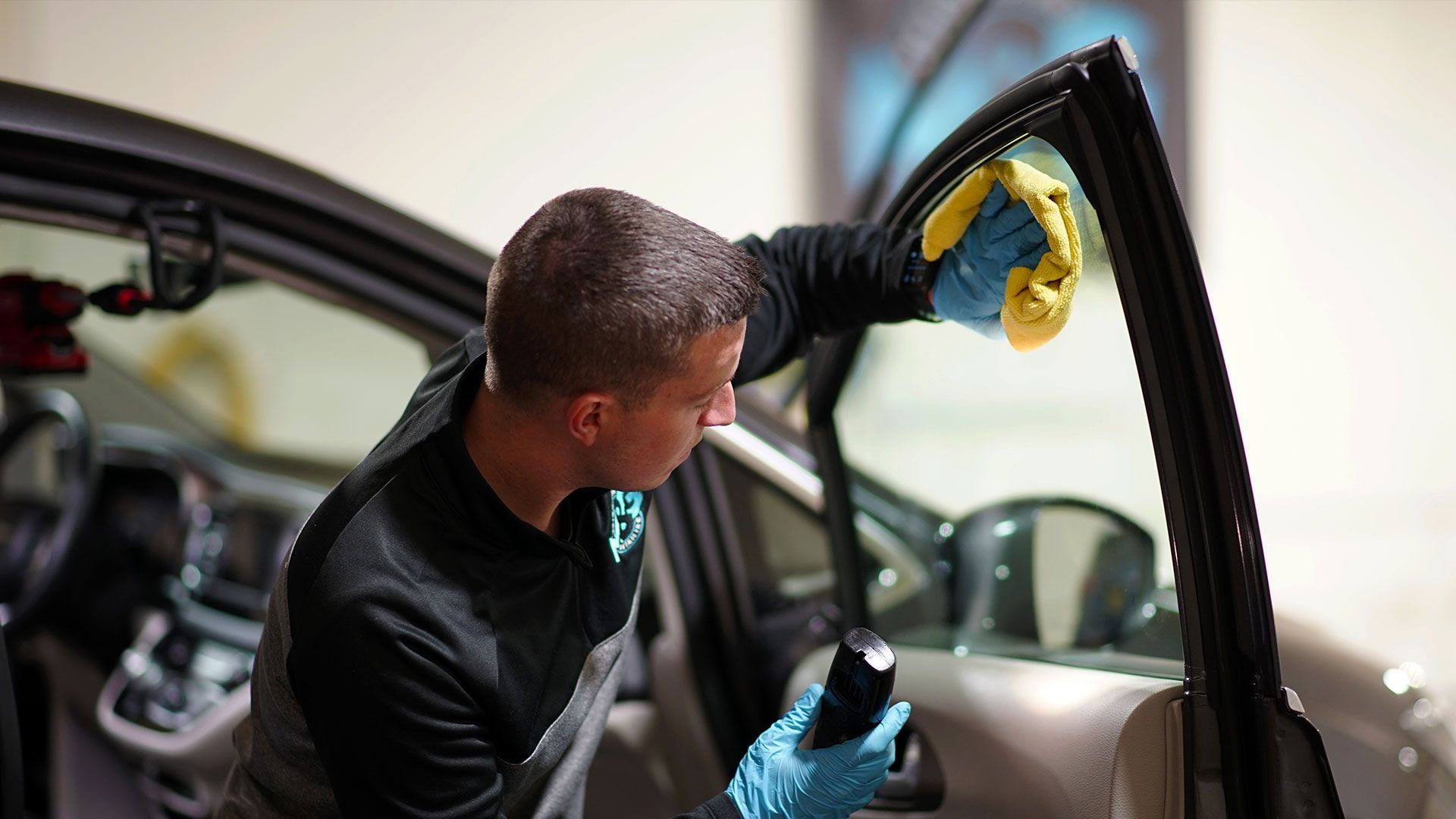
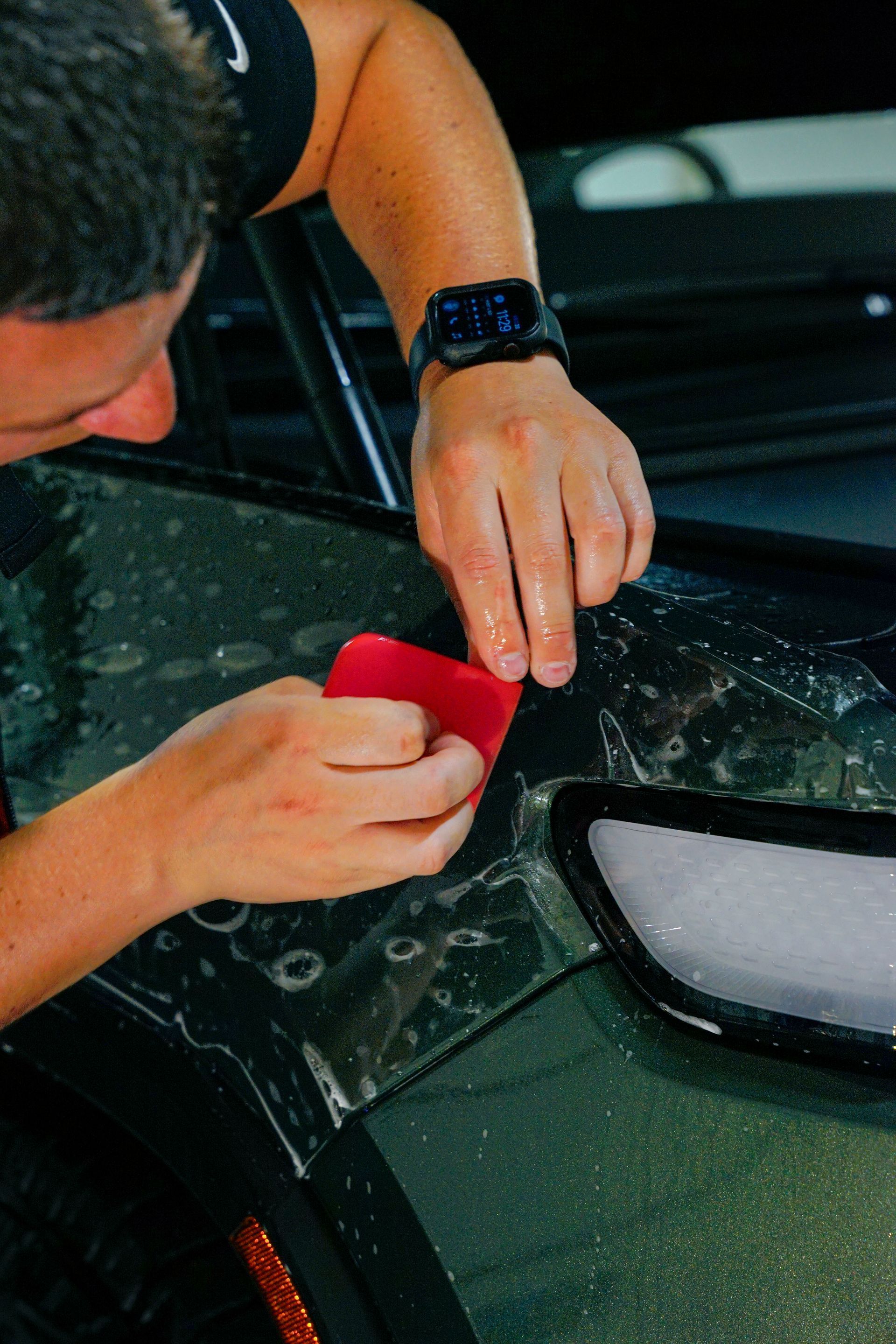
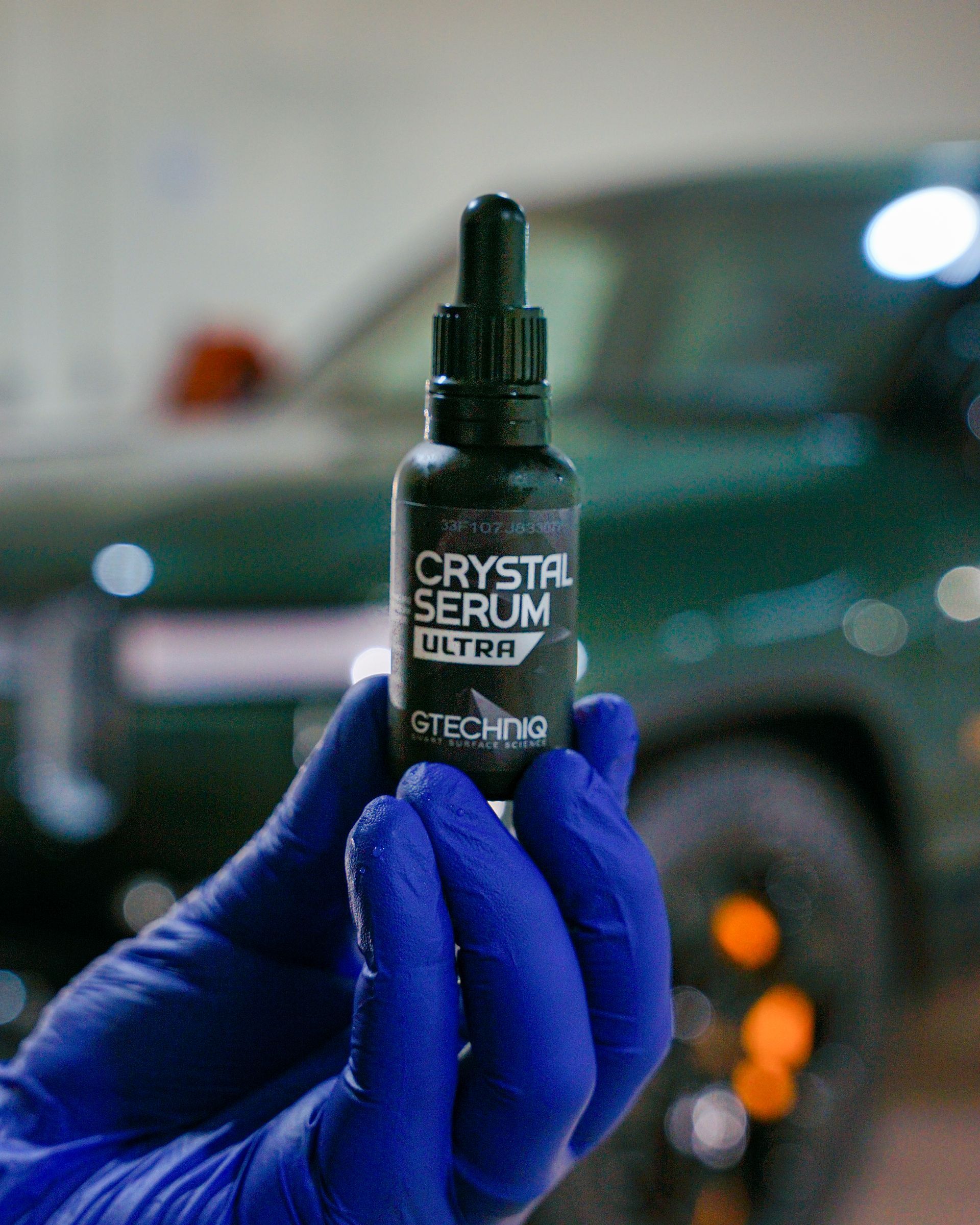
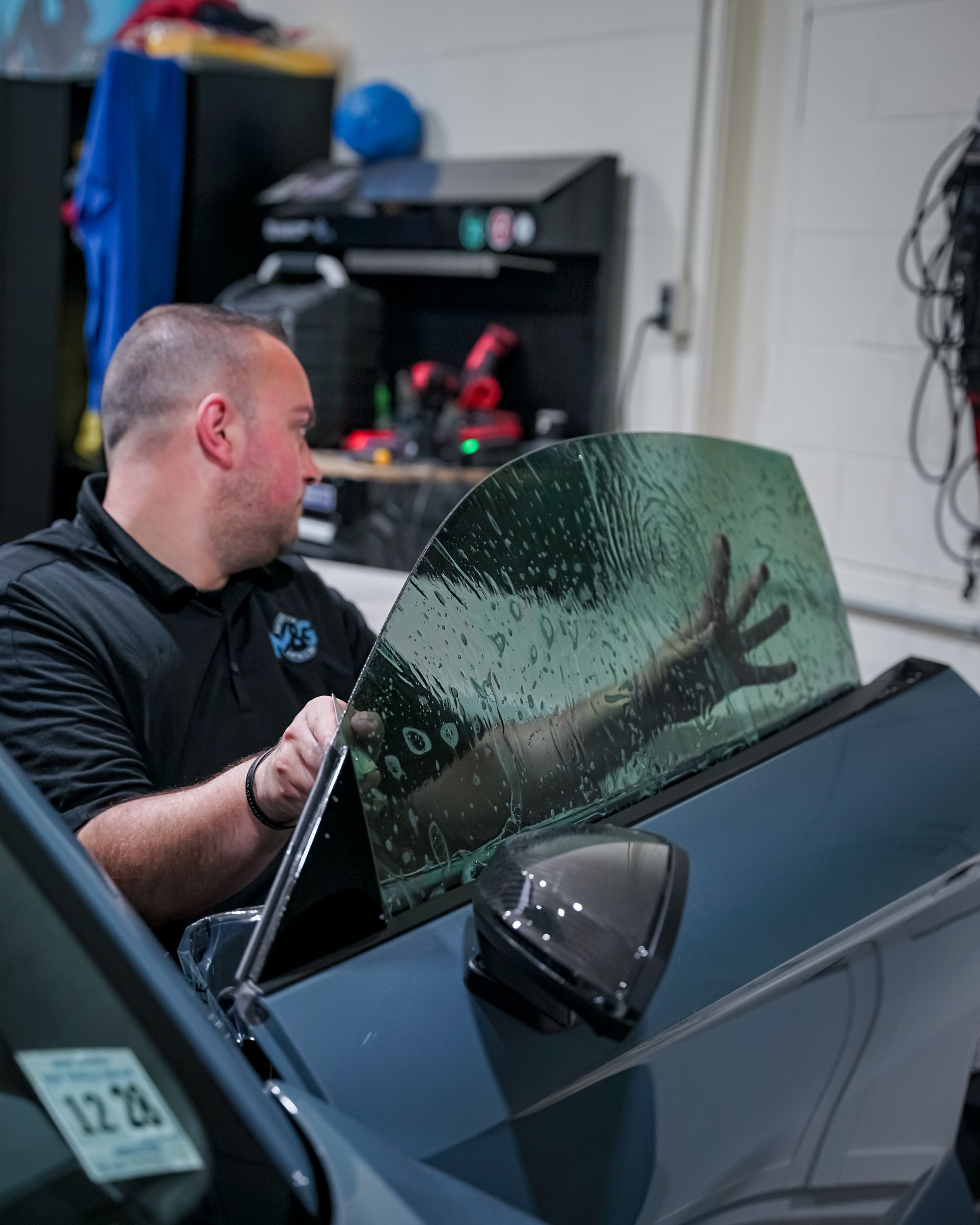
M&G Automotive Detailing of Cherry Hill, New Jersey was founded in 2018 by obsessed vehicle detailers with a desire to always up the ante on their skills in professional auto paint protection, and interior and exterior car care. Starting out with a paint correction and auto detailing certification from Shine Supply and quickly moving to additional credentials in Gtechniq Ceramic Coatings, Window Tint Films, and Paint Protection Films, we care deeply about each car, truck, or SUV that our valued customers trust us with.
Our Location
Hours of Operation
Designed by the team at Detailers Roadmap, a platform developed for detailing operators across the globe.
All Rights Reserved | 8bitcreative, LLC | M&G Automotive Detailing

